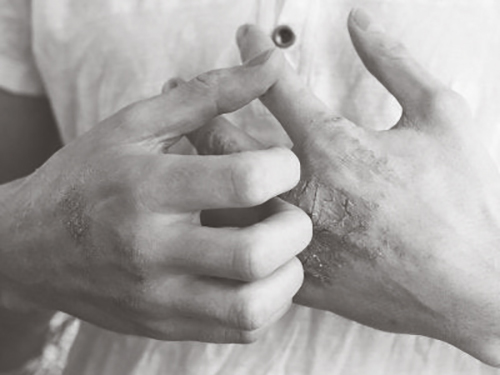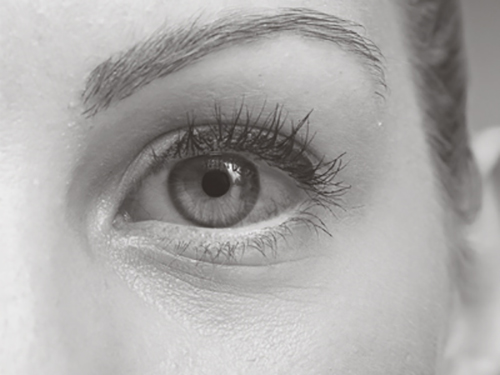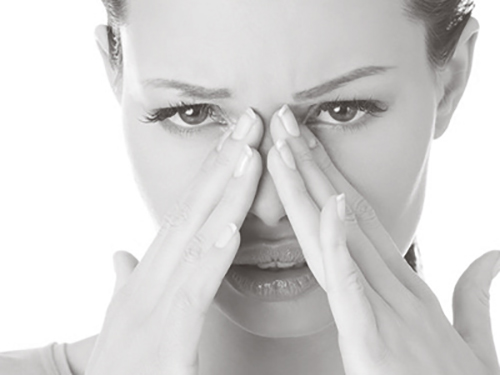
Allergies.
We refer to an allergy when there is an abnormal and excessive response of the immune system against normally harmless substances. Allergy sufferers may come into contact with these substances through the air , their digestive tract or skin. While harmless for some, these substances are recognized as foreign and harmful by the body of people who are allergic.
That seemingly innocuous substance, is mistakenly marked by the immune system and then becomes an allergen. Thereafter, whenever the individual comes into contact with the allergen their immune system defends itself by setting in motion a series of inflammatory responses causing the troubling symptoms of an allergy. Sometimes it can even be a response to food or substances that the patient has eaten or come in contact with before without a problem.
While there are many hypotheses about the exact cause of allergies, it is clear that genetics play a role since we know that the child of parents with an allergy has an 80% of also having said allergy.
The Hygiene
Theory.
The “hygiene theory “ of allergies considers the fact that in this modern era we are surrounded by pollutants and substances being affected by those pollutants.
In some cases this causes the immune system to become overmarked, or to attack substances that are not actually harmful.

Pediatric
Allergy
This unit specializes in all types of allergies that appear at birth. Helping parents understand the disease and improve the health of their child with treatment.

Atopic
Dermatitis
That is an inflammatory disease of the skin characterized by redness and skin dryness causing itching and scratching. Atopic dermatitis is not an isolated phenomenon. Sometimes it can lead to other diseases such as respiratory or food allergy. Studies show that a child with a well-controlled atopy is less likely to have these types of complications. This is called , Atopic March.

Rhinoconjunctivitis
Allergic conjunctivitis is a disease usually associated with allergic rhinitis, also referred to as allergic rhinoconjunctivitis. Symptoms include tearing, ocular itching, congestion, itching and redness.

Sinusitis and
Nasal Polyposis
Although colds are the leading cause of acute sinusitis, people with respiratory allergies tend to present a predisposition to developing sinusitis.
The allergy usually causes chronic inflammation of the lining of the sinuses that prevents the normal elimination of bacteria thus increasing the probability of developing secondary bacterial sinusitis.

Insect
Allergy
When a person is allergic to insect stings , their immune system , which normally fights infections, reacts disproportionately to proteins containing insect venom. When they are stung by an insect , their body interprets the proteins as harmful invaders.

Urticaria and
Angioedema
Urticaria, commonly known as “hives” is characterized by the appearance of lesions that are white or red, evanescent and very itchy. Angioedema is a form of urticaria that affects deeper tissues. Angioedema usually affects eyelids, lips, the tongue , genitals, hands and feet. It affects 20% of the general population and is found in two forms: acute ( less than six weeks) and chronic ( six weeks).

Asthma
Asthma is a chronic lung disease that inflames and narrows airways. Chronic diseases are diseases that last a long time. Asthma causes periods of repeated wheezing (whistling breath), chest tightness, shortness of breath and coughing. Often coughing occurs at night or in the early hours of the morning. Asthma affects people of all ages, but usually begins during childhood.

Food
Allergy
A food allergy occurs when the person reacts to contact, inhalation or ingestion of a food protein. The symptoms can range from hives to problems breathing, tightness of the throat, coughing , vomiting, abdominal pain, or a decrease in blood pressure. For some, ingesting even a microscopic amount , can trigger severe allergic reactions.

Drug
Allergies
Any medication can cause an allergic reaction. This allergic reaction occurs when the immune system performs a response directed at a molecule of the drug in question. It is possible that even if you are allergic to the medication, you will not exhibit symptoms the first time you take this medication.
Allergic drug reactions often occur at any age. These reactions are unpredictable serious reactions, some can even be life-threatening.

Contact
Dermatitis
Contact dermatitis is an inflammation of the skin caused by contact with a physical or chemical substance. This substance can be an allergen (allergic contact dermatitis ) or as an irritant ( irritant contact dermatitis). A history of any type of allergy increases the risk for this condition. The most common form of contact dermatitis is a reaction to nickel.
It is well known that the use of earrings, bracelets, watches made of nickel , can cause eczema in sensitized persons contact areas. In certain circumstances, a nickel allergy can be associated with injuries on the face from contact with mobile phones and patients with prosthetic, implants orimplant or work orthodontic may have symptoms that require removal of this material.
Contact
APPOINTMENT: +34 971 262 000
Telephone service hours:
Monday to Friday from 8:00 a.m. to 8:00 p.m.
‘ALLERGY AND ASTHMA UNIT’
Doctor Susana Ranea Allergologist
Location
‘Juaneda Miramar’
Camino de la Vileta, 30 Palma
07011 Balearic Islands Spain
Legal Text
© 2021 Doctor Susana Ranea



